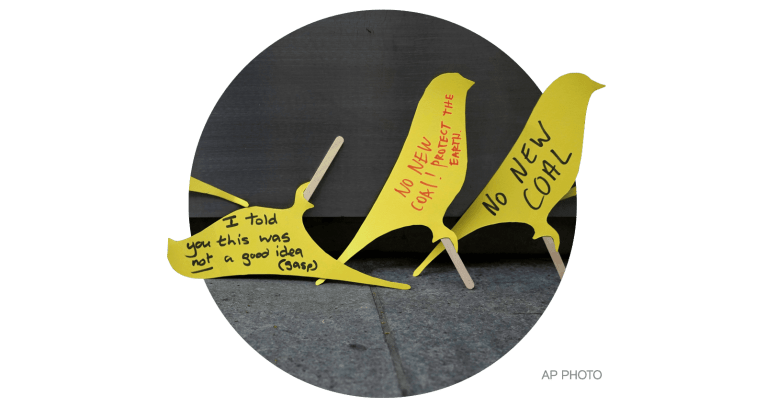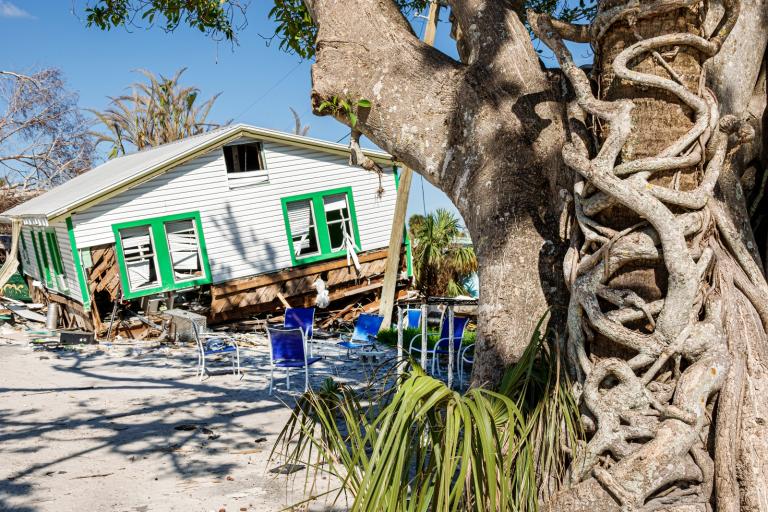It’s Monday, March 13, and people living near the Great Lakes can breathe a little easier.
Regulatory action to phase out the use and production of dangerous insecticides has been a boon to public health. According to new research published last month, the atmospheric concentrations of three insecticides near the Great Lakes have fallen so low that researchers can’t even quantify them anymore.
Lindane, alpha-HCH, and endosulfan “are well on their way to being virtually eliminated,” the paper says.
Lindane and alpha-HCH, which are linked to heart and brain problems, were used to keep insects out of crops before alpha-HCH was phased out by manufacturers by the 1980s. Lindane was banned as a pesticide by the U.S. Environmental Protection Agency, or EPA, in 2006, and in 2009 countries around the world agreed to stop producing it as part of the Stockholm Convention, an international agreement to protect people and the environment from persistent organic pollutants. Endosulfan, an endocrine-disrupting compound that was used to control aphids, beetles, and other pests, was banned by the EPA and phased out completely by 2016.
Now, the researchers say these regulatory efforts are paying off. “The measures that have been enacted have worked,” Marta Venier, an associate professor at Indiana University, told Environmental Health News. Endosulfan concentrations in the air near the Great Lakes dropped by half between 2000 and 2020, and all three compounds are expected to disappear completely from the area’s atmosphere within the next five to 10 years.
However, there’s still more work to do for other persistent insecticides. DDT, the cancer-causing chemical made famous by Rachel Carson’s 1962 book Silent Spring, persists in the Great Lakes atmosphere, despite being banned in the U.S. for half a century. The researchers said this could be because DDT and other problematic insecticides have accumulated in the soil and are now slowly being kicked back up into the air.
Cleaning up these remaining chemicals is difficult because their contamination is so widespread from decades of regular use. Going forward, the researchers said regulators should focus their efforts on preventing the release of chemicals in the first place, whether they’re pesticides or other compounds of growing concern, like “forever chemicals.”
In the news
Biggest carbon credit certifier to replace its rainforest offsets scheme
Patrick Greenfield, The Guardian
➤ Read more
EU agrees diplomatic push for fossil fuel phaseout ahead of COP28
Chloé Farand and Isabella Kaminski, Climate Home News
➤ Read more
Landowners fear injection of fracking waste threatens West Texas aquifers
Dylan Baddour, Inside Climate News and The Texas Tribune
➤ Read more
The fight to define ‘green hydrogen’ could determine America’s emissions future
Emily Pontecorvo, Grist
➤ Read more
There’s something different about the new gas stove influencer
Rebecca Leber, Vox
➤ Read more

